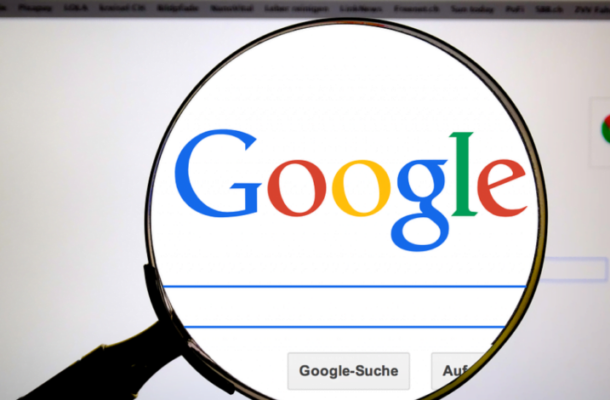Discover the extent of information Google holds about you and take control of your digital narrative. This BBC-style guide walks you through the steps showcased in a revealing TikTok video, empowering you to manage your data and privacy settings effectively.
Introduction: In the vast digital realm, tech giants like Google quietly accumulate data, shaping our online experiences. But how much do we really know about the information they amass? A TikTok revelation by user @iorgoandlea unveils the curtain on Google's data repository, offering users the key to unraveling their digital footprint. This BBC-style guide delves into the intricacies, empowering you to understand, control, and, if you wish, modify your data presence in the Google landscape.
The TikTok Revelation: A Peek into Google's Data Vaults
In the tech-savvy era of 2021, TikTok user @iorgoandlea presented a concise yet eye-opening video, guiding users on how to unearth the trove of data Google holds about them. This revelation prompts us to question the extent of our digital transparency and what tech giants truly know about our online activities.
Google's Data Collection: Optimizing Your Digital Experience
Google asserts that its data collection serves the purpose of enhancing user experiences. By storing information, Google aims to optimize its services, offering tailored and efficient interactions across platforms like Search and YouTube. The TikTok guide reveals the path to accessing this reservoir of data, giving users the tools to demystify their digital presence.
Ads Personalization: The Nexus of Google's Information Utilization
The TikTok video sheds light on Google's use of personal data for ads personalization. Google states that ads are curated based on personal information within your Google account, insights from collaborating advertisers, and Google's understanding of your interests. However, the tech giant maintains that it will never sell this data, emphasizing its commitment to delivering relevant advertising without compromising user privacy.
Empowering Users: Controlling Google Ads Personalization
For those wary of personalized advertising, the guide highlights an essential option—turning off Google Ads personalization. Located within the ad settings page where your data resides, this option allows users to recalibrate their digital experience. Google's pledge to transparency ensures that users can navigate and customize their settings, asserting control over the level of personalization they are comfortable with.
In conclusion, the TikTok revelation serves as a catalyst for users to demystify Google's data practices. This BBC-style guide empowers individuals to navigate the digital landscape, providing insights into Google's data collection motives and the tools to shape their online narrative. As the digital era advances, understanding and managing one's digital footprint becomes not just a right but a crucial aspect of a personalized and secure online experience.


Comments